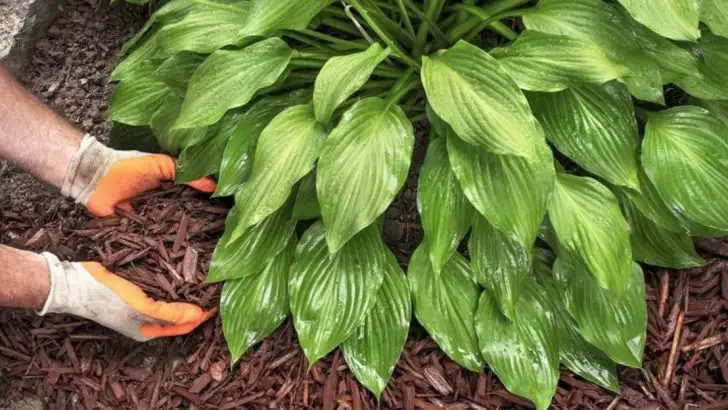Planting perennials in late spring can feel like throwing seeds into a dragon’s mouth! Your soil’s turned into an oven… If you shove tender roots into scorching ground, they’ll shrivel before you blink. Stash them in too-deep shade, and they’ll sulk instead of springing to life. Skimp on soil prep and your plants will starve for air and nutrients. Crowd pots until they gasp for space. Then douse them with a flood of water or let them bake—no middle ground. Every rogue move seeds a summer of droops, yellow leaves, and zero blooms. By July, you’ll be begging for the show that never came—while your neighbors’ gardens put on fireworks. But wait—late spring isn’t a death sentence! This guide calls out 16 epic face-palm mistakes. You’ll learn to cool that soil, give roots breathing room, tame your watering habit, and choose sun spots that coax life from latecomers. Ready to flip the script and plant like a legend? Let’s jump in—no more loopholes for lazy gardening.
Ignoring Soil pH Levels
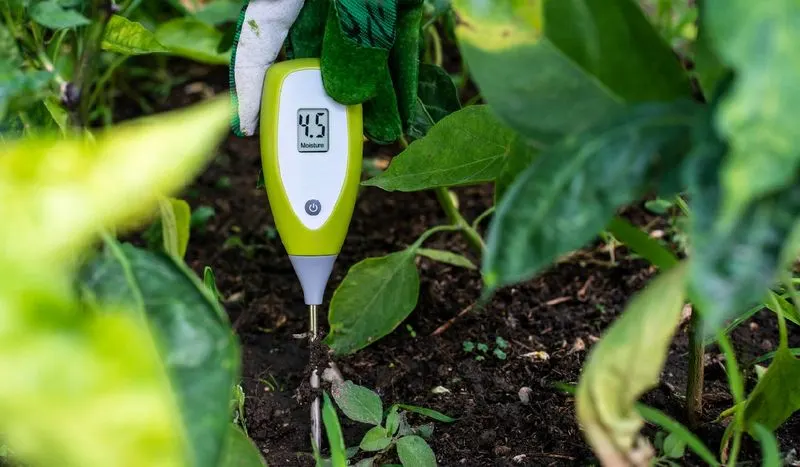
Overlooking soil pH can lead to poor plant health. Many perennials require specific pH levels for optimal growth. Before planting, test your soil’s pH with a home kit. Adjust it if necessary to ensure the perennials thrive.
Different plants prefer different pH levels, but most perennials thrive in slightly acidic to neutral soil. Neglecting this step can result in stunted growth or yellowing leaves.
To adjust pH, use lime to raise it or sulfur to lower it. Regular testing throughout the growing season helps maintain the ideal balance for your garden.
Planting Too Deep
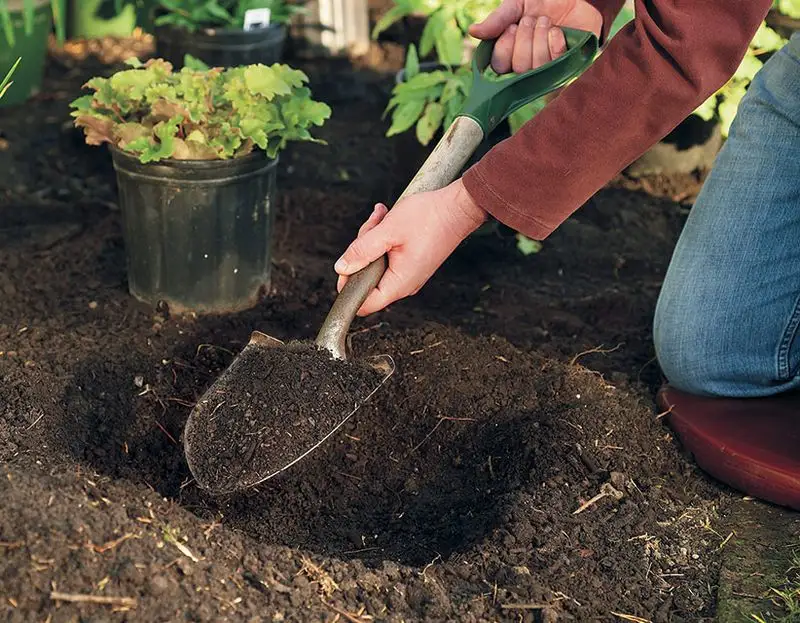
Planting depth significantly affects perennial growth. Too deep, and the roots may suffocate; too shallow, and they might dry out. Follow the specific planting instructions for each perennial variety.
Most perennials should be planted at the same depth they were grown in their nursery pots. This ensures they have the right balance of moisture and air.
A simple way to check is to look for the soil line on the plant’s stem. Align that with your garden soil surface. Correct planting depth is key to robust growth.
Overcrowding Plants
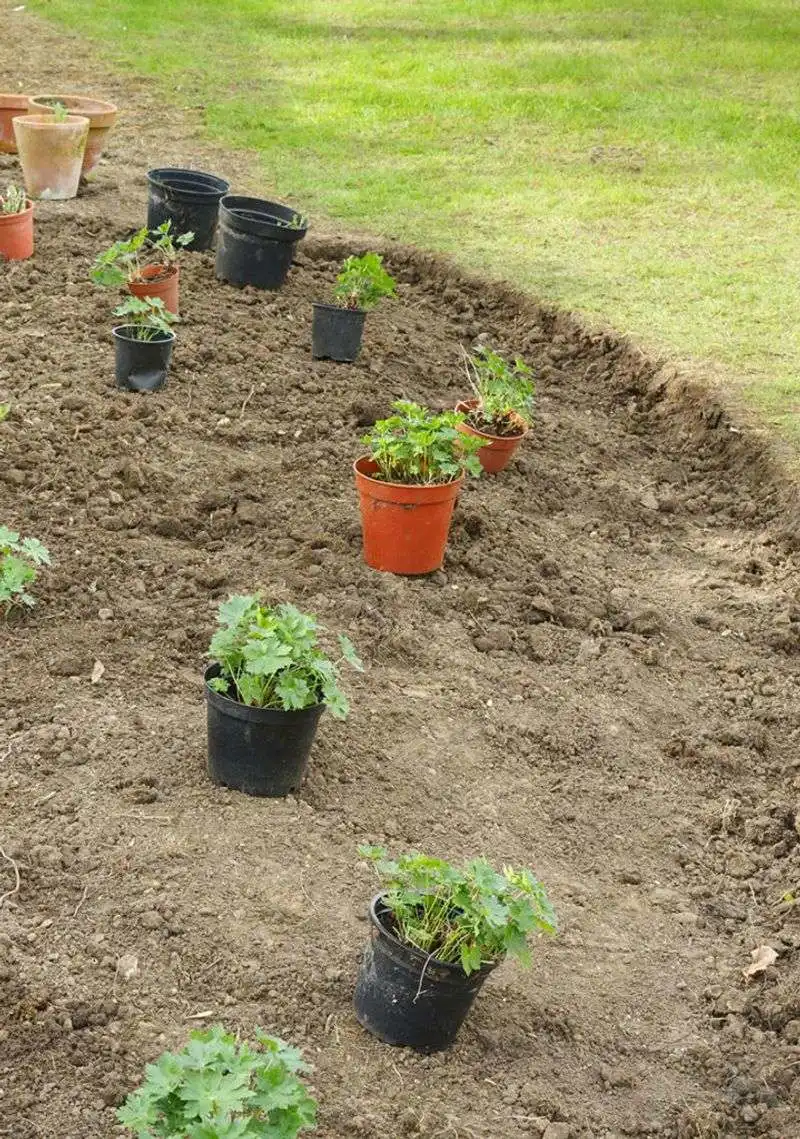
Overcrowding can stifle growth and increase disease risk. Each perennial requires space to grow and access nutrients. Plan your garden layout carefully to avoid this common mistake.
Check the recommended spacing for each plant type. This information is often found on plant labels or nursery guides. Ensuring enough room prevents competition for nutrients and encourages healthy root systems.
Proper spacing also allows for air circulation, reducing mold and mildew risks. Thoughtful planning leads to a thriving perennial garden.
Neglecting Sunlight Requirements
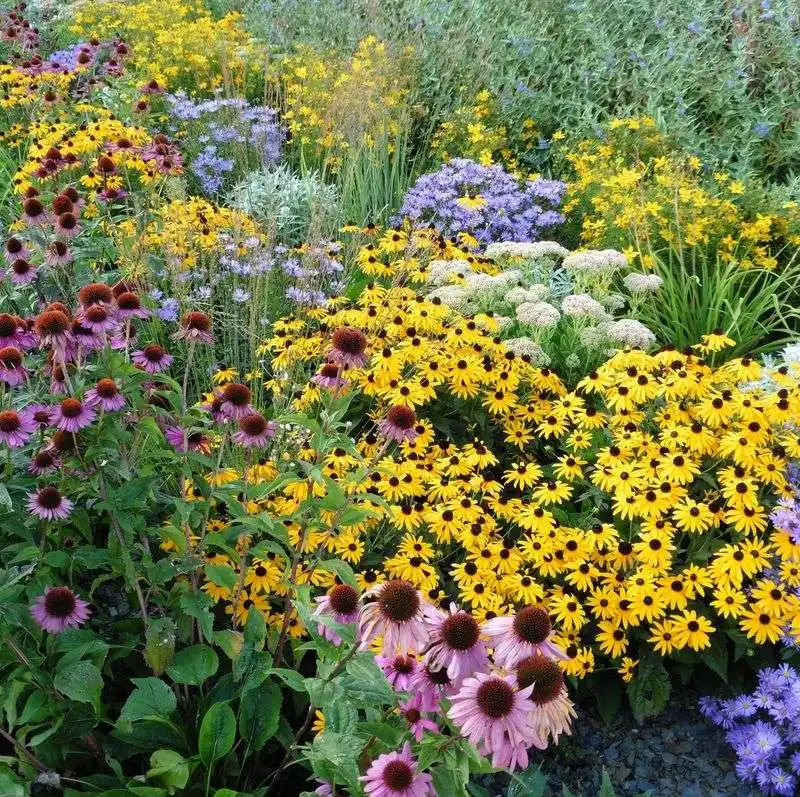
Perennials have diverse sunlight needs, affecting their blooms and growth. Ignoring these requirements can lead to disappointing results. Assess your garden’s sun exposure before planting.
Full sun perennials need at least six hours of direct sunlight daily, while shade lovers thrive with less. Plant accordingly to their needs.
Observe your garden throughout the day to understand where the sunniest and shadiest areas are. Matching perennials to their sunlight preference ensures they flourish and bloom beautifully.
Improper Watering Techniques
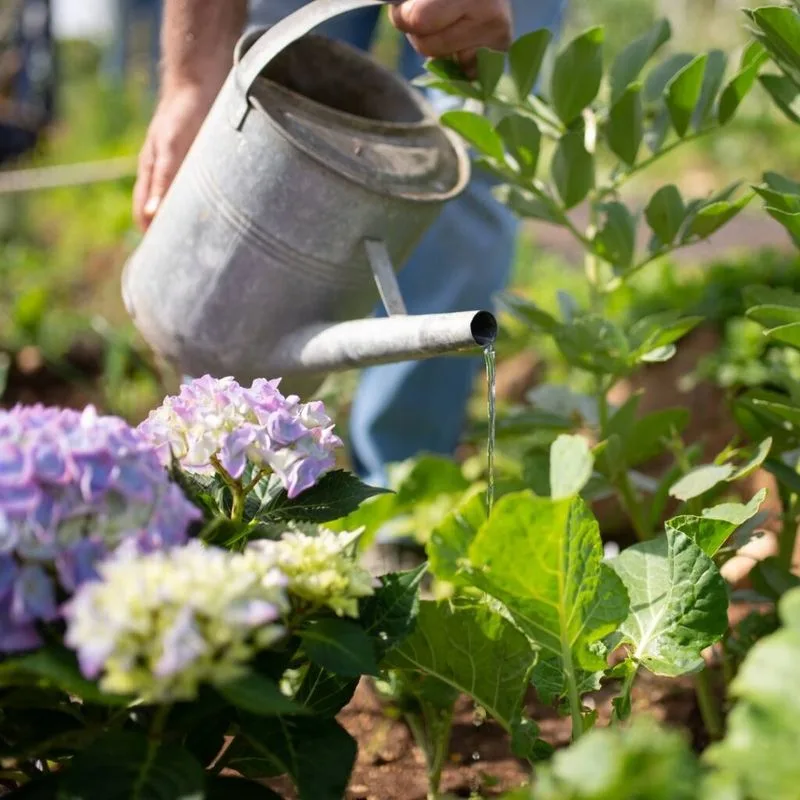
Watering habits greatly influence perennial health. Too much water can drown roots, while too little can cause dehydration. Understand the specific watering needs of your perennials.
Different varieties have different requirements. Some need consistently moist soil, while others prefer drier conditions. Adjust your watering schedule based on your garden’s rainfall and weather conditions.
Incorporate mulch to help retain soil moisture and reduce evaporation. Consistent and correct watering promotes healthy, robust plants.
Failing to Mulch Properly
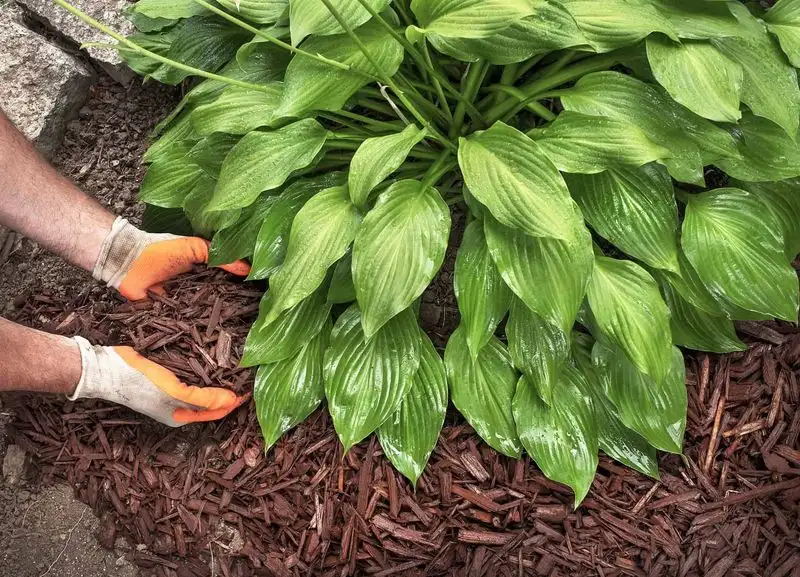
Mulching is crucial for retaining moisture and controlling weeds, yet many gardeners apply it incorrectly. Apply a 2-3 inch layer evenly around perennials, avoiding direct contact with stems.
This helps maintain consistent soil temperature and prevents weed growth. Mulch also decomposes, enriching the soil with nutrients.
Be careful not to pile mulch against plant stems, as this can lead to rot. Regularly replenish mulch as it breaks down to keep your garden healthy and vibrant.
Not Pruning at the Right Time
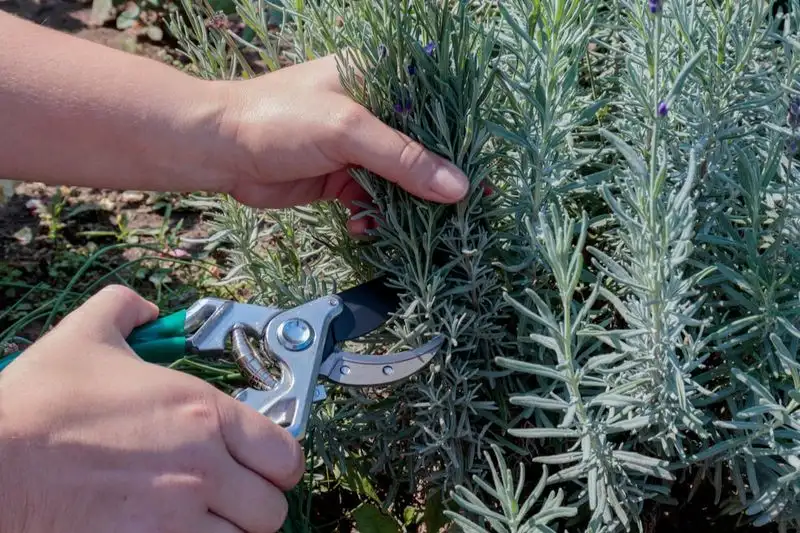
Pruning at the wrong time can weaken or damage perennials. Knowing when to prune is essential for encouraging growth and blooms. Consult specific plant guides for timing.
Some perennials benefit from early spring pruning, while others need trimming after blooming. Timing affects plant health and flower production.
Use sharp, clean tools to avoid spreading disease. Proper pruning technique supports a healthy garden with vigorous growth and stunning blooms.
Ignoring Pest Control

Pest control is a critical aspect of garden care. Ignoring pests can lead to severe damage or plant death. Regular inspection helps catch infestations early.
Identify common pests for your perennials and implement preventive measures. Natural solutions, like neem oil or insecticidal soap, can be effective.
Consistent monitoring and treatment ensure healthy plants. Addressing pest issues promptly prevents significant damage and allows your garden to flourish.
Using Excessive Fertilizer
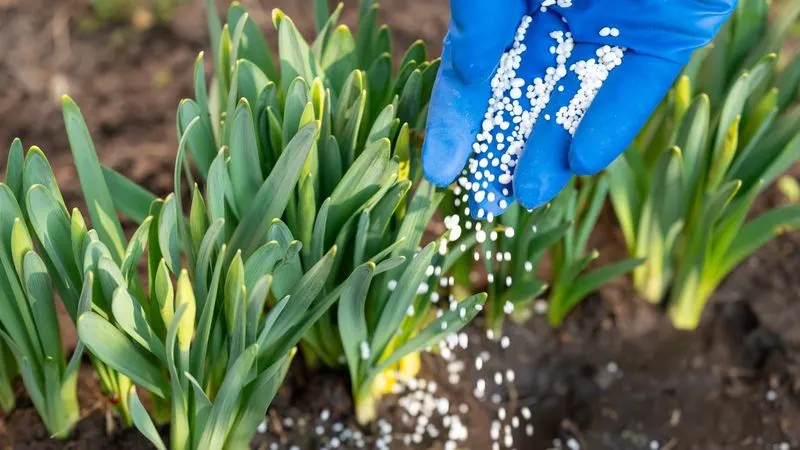
Excessive fertilizer can harm perennials, leading to weak growth or chemical burns. Understanding your plants’ nutritional needs prevents this mistake.
Use a balanced, slow-release fertilizer suitable for flowering plants. Follow package instructions carefully to avoid over-application.
Too much fertilizer can cause rapid growth with weak stems or fewer blooms. Moderation and understanding your garden’s needs lead to healthier plants.
Ignoring Soil Drainage
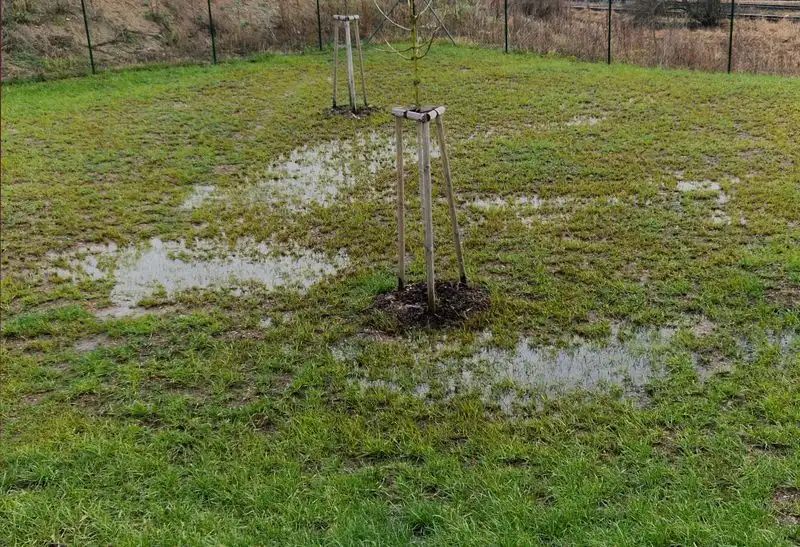
Poor drainage can cause root rot or plant death. Assess your garden’s drainage by observing after a rainfall. Perennials need well-drained soil to thrive.
Amend soil with compost or sand to improve drainage. Elevating garden beds can also help.
Ensuring proper drainage prevents waterlogging and supports healthy root systems. A well-drained garden fosters vigorous growth and beautiful blooms.
Selecting Wrong Varieties
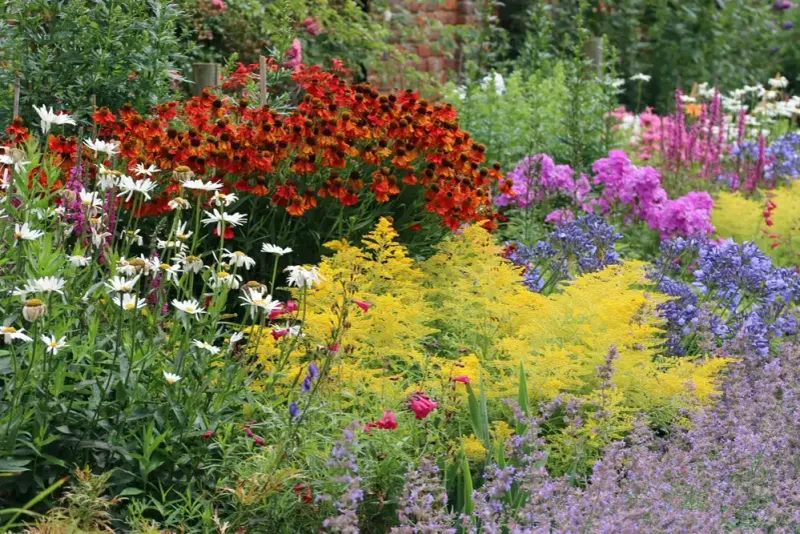
Choosing the right perennial varieties for your climate and soil is crucial. Wrong selections can lead to poor performance or plant failure. Research plants that suit your local conditions.
Consider factors like hardiness zone, soil type, and garden microclimates. Selecting compatible varieties ensures harmonious growth and vibrant displays.
Using local resources or consulting with local nurseries can guide your choices. Thoughtful variety selection enhances your garden’s success and beauty.
Overlooking Companion Planting
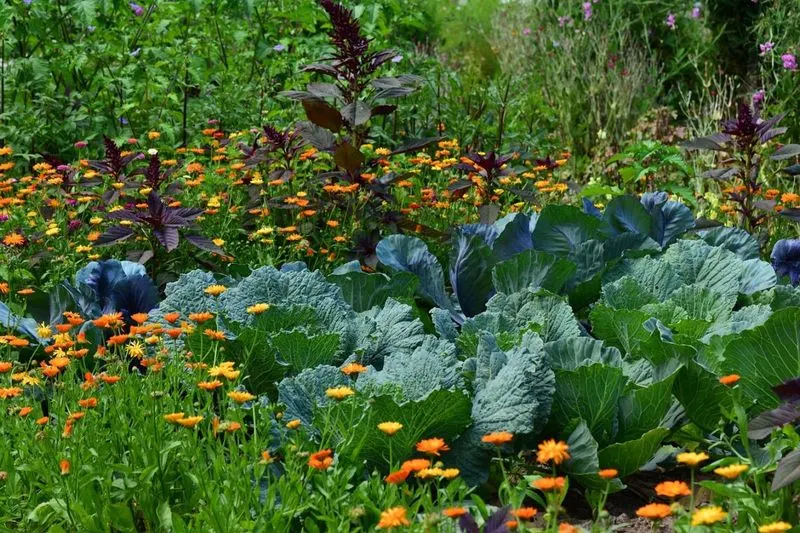
Companion planting benefits perennials by enhancing growth and deterring pests. Ignoring this can lead to imbalanced garden ecosystems. Pairing plants with complementary traits fosters a thriving garden.
Research beneficial plant pairings that can support each other. For instance, some plants repel pests that affect their companions.
A well-planned companion planting strategy encourages natural pest control and boosts garden health.
Skipping Soil Amendments
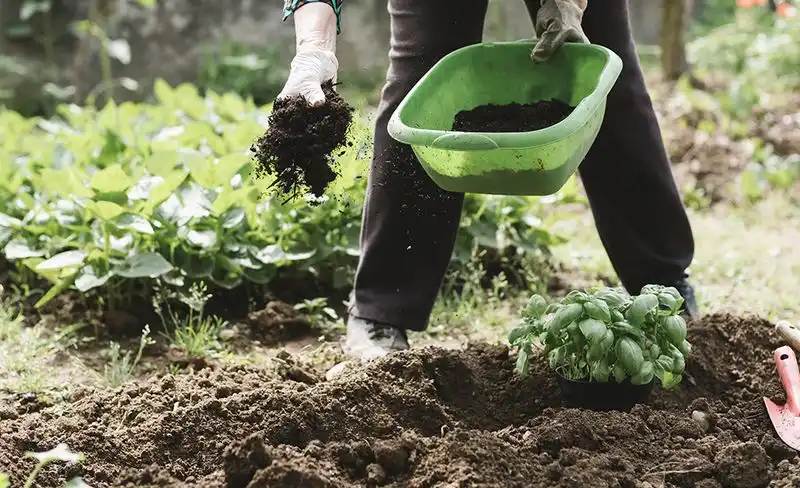
Soil quality directly impacts perennial health. Skipping soil amendments can lead to nutrient-poor conditions. Incorporate organic matter like compost to enrich soil before planting.
Amendments improve soil structure, drainage, and fertility, supporting robust plant growth. Regularly adding organic matter maintains soil health over time.
Investing in soil quality leads to a more productive and vibrant garden. Don’t underestimate the power of good soil preparation.
Not Protecting from Late Frosts
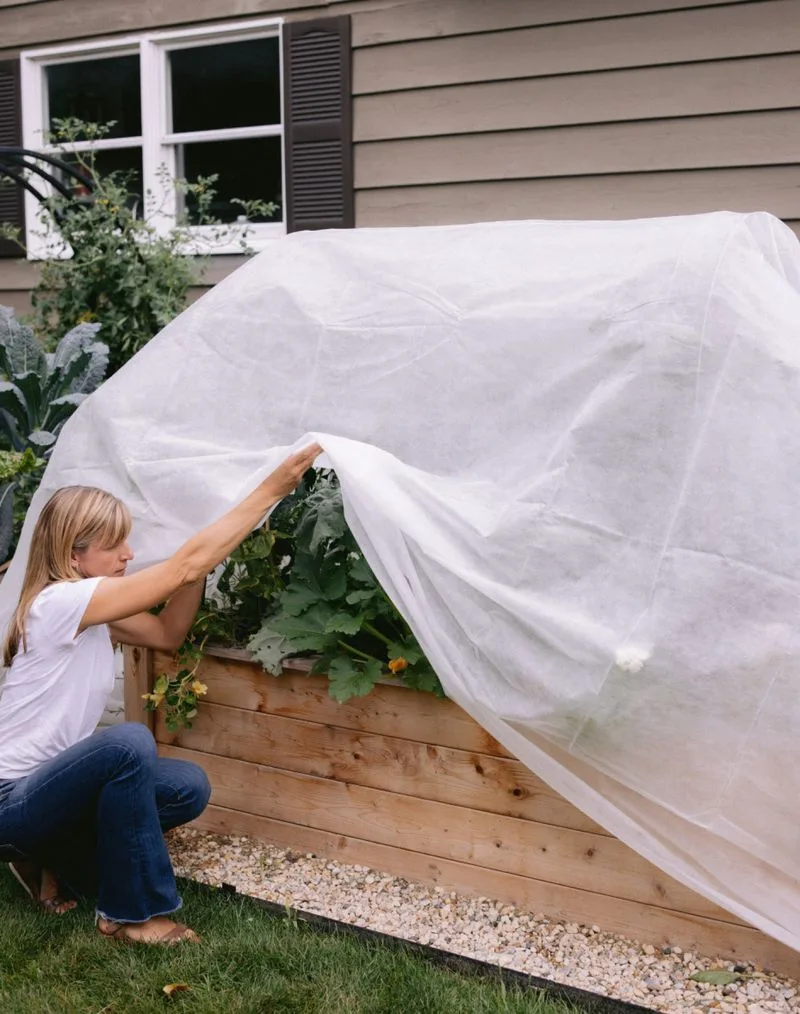
Late spring frosts can damage new growth. Protecting perennials from these frosts prevents setbacks in growth. Monitor weather forecasts and be prepared to cover vulnerable plants.
Use materials like garden fleece or cloches to shield plants during cold snaps. Early preparation ensures resilient plants that withstand cooler temperatures.
Taking proactive measures against frost helps maintain healthy and thriving perennials.
Ignoring Plant Labels
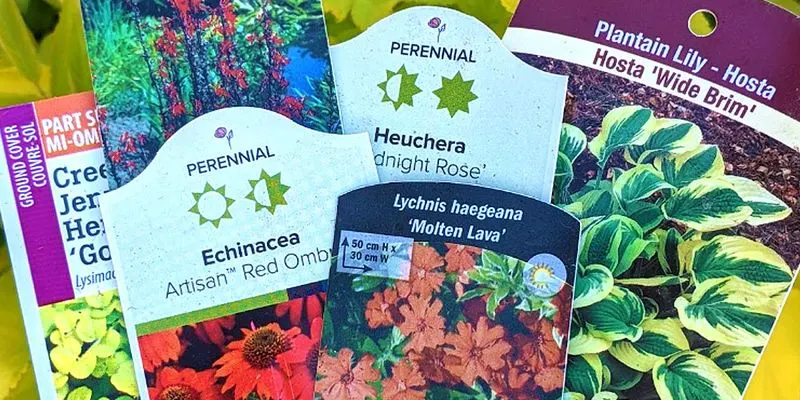
Plant labels provide essential information like sun requirements and spacing. Ignoring them can lead to planting errors. Keep labels until plants are well-established.
They offer guidance on care, helping you create optimal growing conditions. Following these instructions supports healthy, successful gardens.
Store labels in a gardening journal for future reference. They are valuable resources for ensuring plant health and garden design success.
Lack of Seasonal Planning
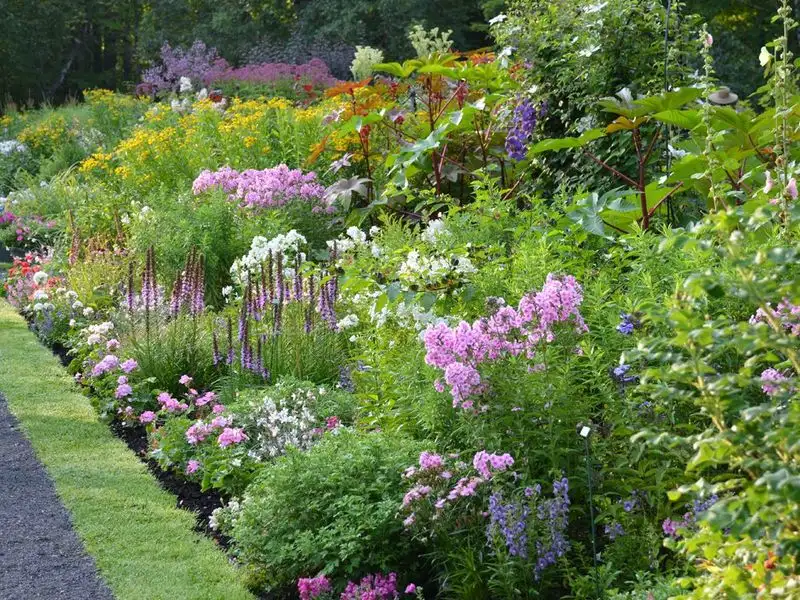
Seasonal planning is crucial for garden harmony. Without it, perennials may not bloom or grow as intended. Plan your garden layout considering bloom times and growth habits.
Stagger planting and choose varieties that provide continuous interest throughout the growing season. This approach keeps gardens dynamic and engaging.
Thoughtful seasonal planning ensures a beautiful, cohesive display that evolves with the seasons, offering visual interest year-round.

